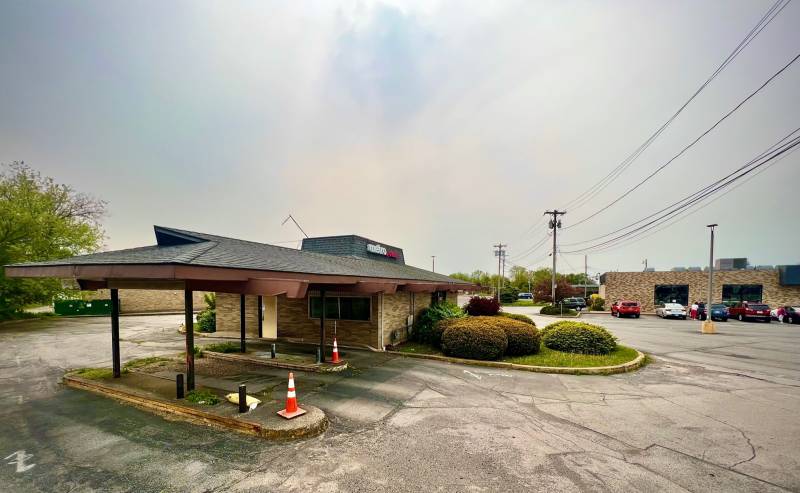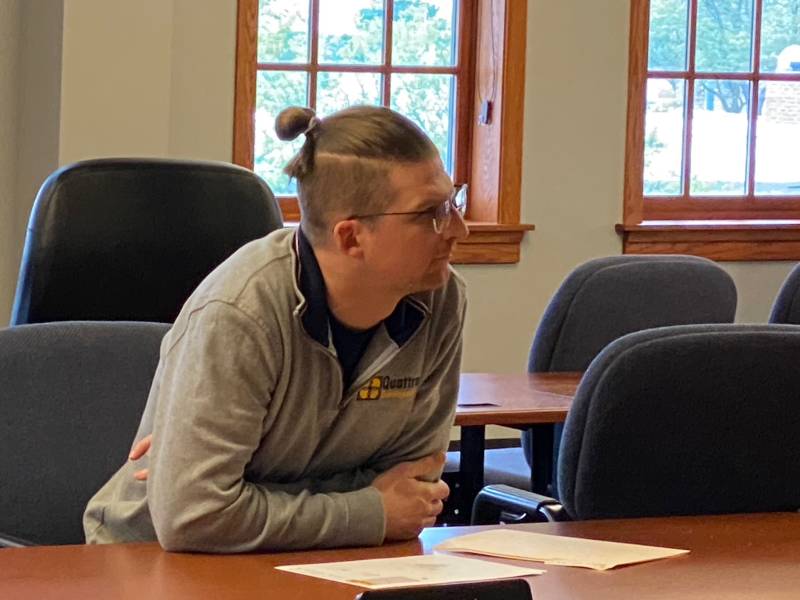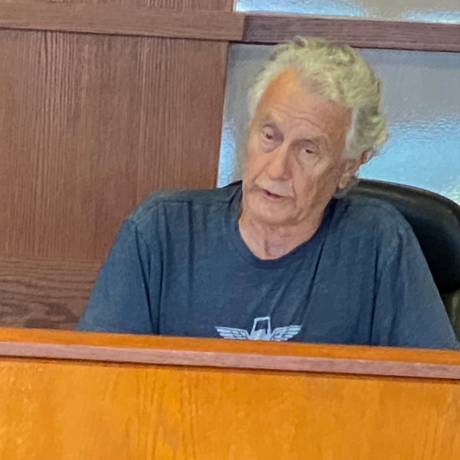As members of the city’s Planning and Development Committee mulled a request Tuesday for a digital sign — which would be the first one approved for downtown Batavia — all action came to a hush at one point.
Members Ed Flynn, David Beatty, Chairman Duane Preston and John Ognibene looked at each other for guidance.
“Does anyone want to make a motion?” Flynn said. “What is acceptable? What is definitely not acceptable?”
Ryan Macdonald, on behalf of City Church, and contractor John Flannery made the request for the church at 210-212 East Main St. They asked to install a 99-square-foot electronic message board sign on the upper west side of the former theater’s existing marquee sign, and a 41-square-foot electronic sign on the upper east portion of the marquee.
Electronic signs have not been allowed in the central commercial district of the Business Improvement District, per city code. Such signs in areas outside of BID cannot change more than once every 10 seconds and images and messages must be static, not producing the illusion of scrolling, moving objects, expanding or contracting shapes or any similar effect of animation, the Batavia Municipal Code states.
So if the committee approved the sign, those three variances would have to be assessed. Members discussed the 10-second rule, mostly being against such a quick turnover of messages.The whole idea would be a “big step” to take, Beatty said, and could also set a precedent for more of the same downtown.
He gave a visual of Jimmy Stewart’s character in “It’s a Wonderful Life,” staggering down the streets of Potterville as commercialization has taken over.
“I’m not saying that’s what you’re doing,” he said to the applicants. “It’s going to be different, and quite a large sign in itself.”
Beatty suggested using some creative thinking to accomplish the goal of advertising church events and its schedule another way with signage.
Macdonald explained that the digital sign would provide opportunity for people to know what’s happening in a more direct way while driving up and down Main Street. This is a project that’s been on the table for two years, he said, as church leaders have researched a full restoration of the marquee — at a cost of more than $300,000 — and less expensive options.
“This was kind of the halfway mark,” he said.
He also echoed Preston’s comment that going electronic is a “sign of the times.” People live by their phones, Macdonald said, and put them on their car dashboards to watch movies.
“That’s the world we live in,” he said.
Dunkin’ Donuts, which is not in the downtown district, was mentioned as an example of a sign that Macdonald said is being made with “antiquated technology.” That’s not even an option for the church as such technology is not even being used anymore, he said.
Preston sympathized with having to use the even older method of climbing a ladder to snap letters into place on a marquee sign. But all members agreed that 10 seconds was not enough time between message changes.
The proposed sign would provide an opportunity to disseminate church news “for someone that may not be on social media,” Flannery said. It’s about more than just service schedules, he said. Messages would also include a welcome greeting, a Christmas play promotion, and the like.
“There's more opportunity for people within the community to have the opportunity to participate in something, that may be other than a normal mass that's happening,” he said. “I think you would want as much ability with what they're going to provide. Because I think it's a once in a lifetime, once in our lives job. You want to do that right.”
Finally, Ognibene made a motion to approve the request with the stipulation that the message cannot change more than every 60 seconds instead of every 10 seconds.
Ognibene, Flynn and Preston voted yes, and Beatty was the lone no vote. He just didn’t see the need for the larger, electronic version of the existing marquee, Beatty said.
This vote will serve as a recommendation to the Zoning Board of Appeals, which will review the request during its meeting next week.
Preston said he wasn’t certain it was the right decision, but that it’s now up to the ZBA for final approval.
“They may not, even though we approved it for zoning. We just made a recommendation at this point, to address the three variances,” Preston said, answering The Batavian’s question about setting a precedent for others. “It's opening up a can of worms.”
File photo of David Beatty, and photo of Duane Preston, above, by Joanne Beck. Sign photos courtesy of the Planning and Development Committee's applicant materials.






